I am creating a Cocoa application wherein one view will contain the "hex dump" of the currently loaded document. Up until this point, I have been using a bog-standard (and very unappealing) NSTextField, but I am now looking for something more powerful.
I am a great fan of 0xED.app and would love to replicate its main "hex dump" view. How would I go about doing this?
I'm not necessarily after the eye-candy, but the ability to select a range of bytes without also selecting the offset or text columns. I am a loss as to where I would even begin to implement this effectively. Surely this is not drawn upon a blank canvas?
